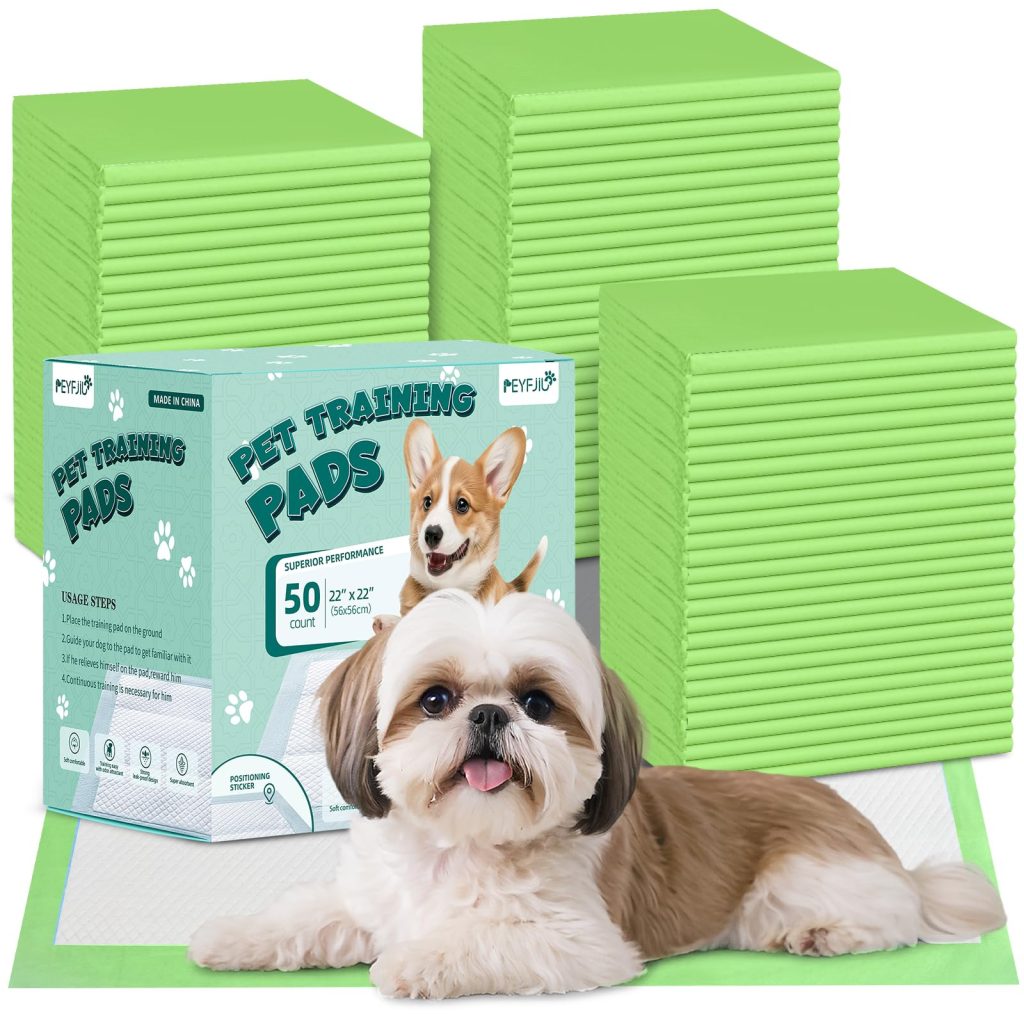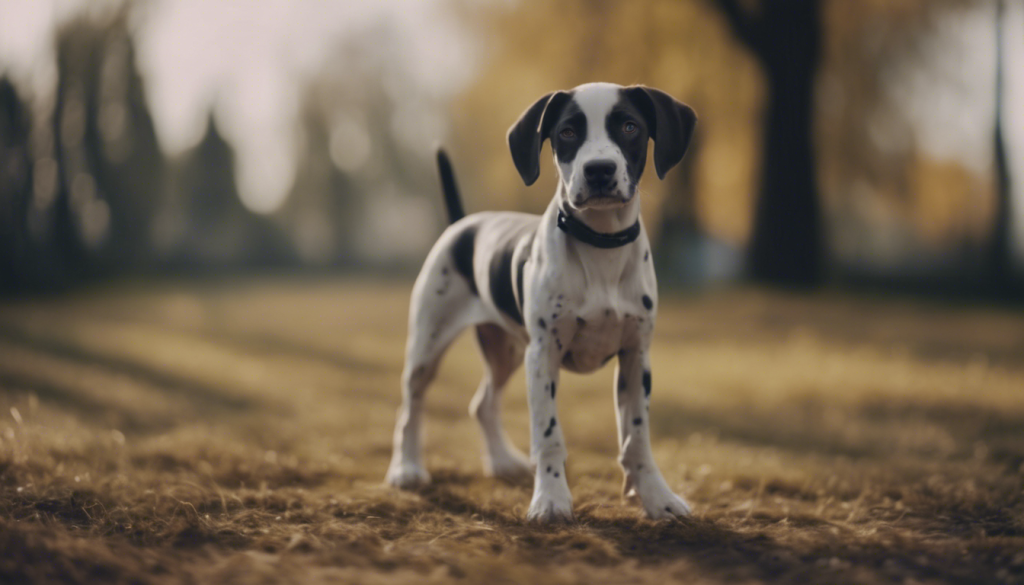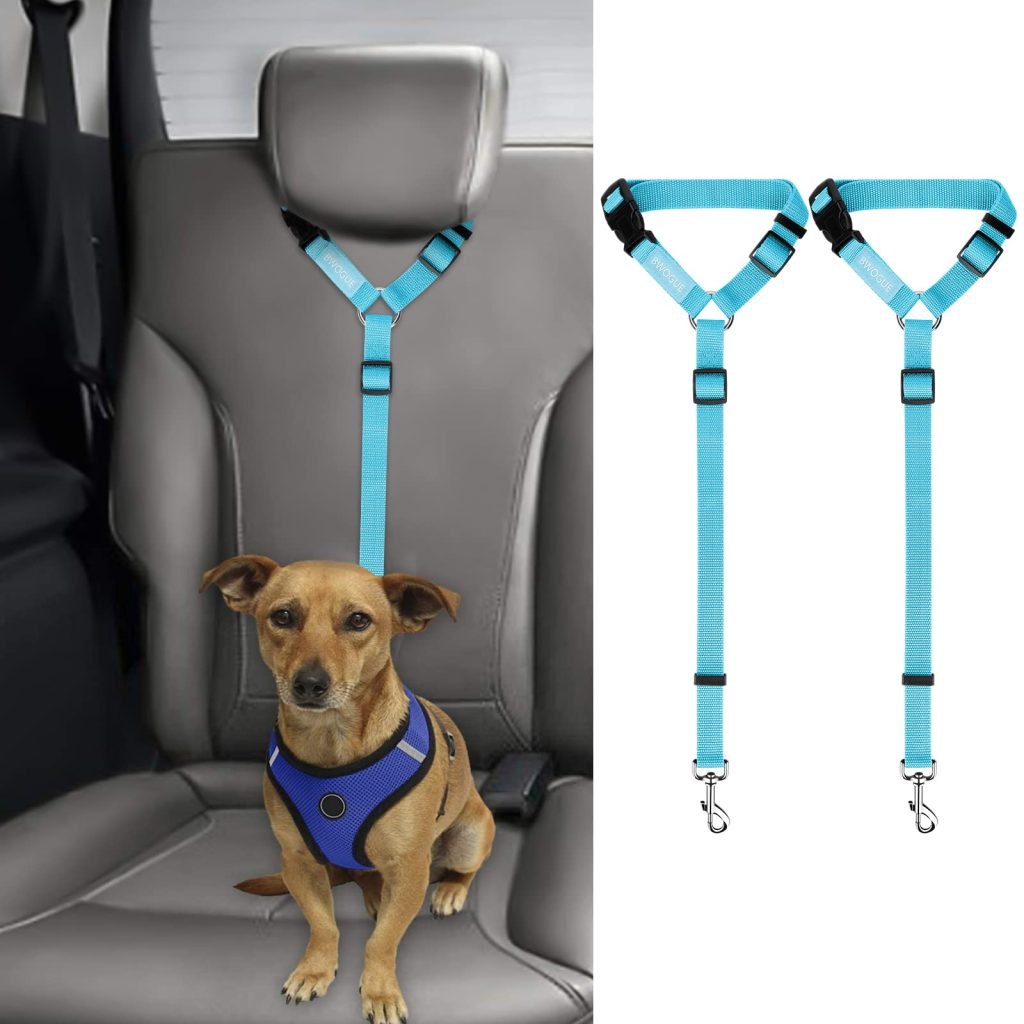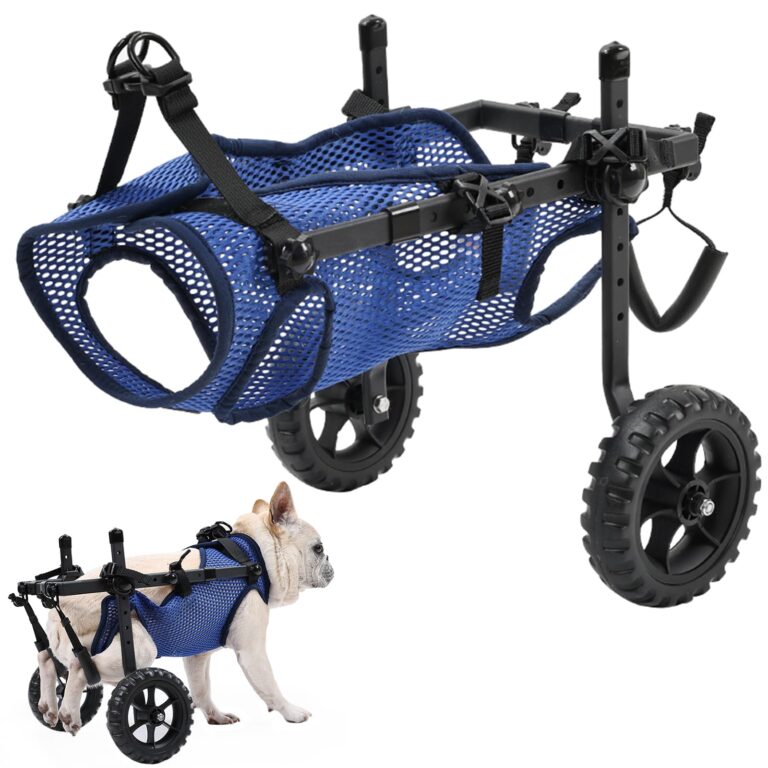Dealing with Fear and Anxiety in Dogs

Fear and anxiety are common challenges that many dogs face. As responsible pet parents, it is our duty to help our furry friends navigate these emotions and provide them with a safe and secure environment. Here are some essential aspects of pet parenting that can help you deal with fear and anxiety in dogs.
Behavior Training
Positive Reinforcement: One of the most effective ways to deal with fear and anxiety in dogs is through positive reinforcement training. Rewarding good behavior with treats, praise, or playtime can help build their confidence and alleviate anxious feelings. Avoid punishment-based training methods as they can further contribute to fear and anxiety.
Counter Conditioning: Counter conditioning is a technique often used to help dogs overcome specific fears or phobias. By gradually exposing your dog to the source of fear in a controlled and positive way, paired with rewards and treats, you can teach them to associate that fear with something positive, eventually alleviating their anxiety.
Desensitization: Desensitization involves gradually exposing your dog to the things they fear in a controlled manner. For example, if your dog is fearful of loud noises, start by playing low-volume recordings and gradually increase the volume over time, always pairing it with positive reinforcement. This gradual exposure can help your dog become less reactive and more resilient to their fears.
Companionship
Consistency: Dogs thrive on routine and consistency. Establishing a predictable daily routine can help reduce their anxiety. Ensure that their feeding, exercise, playtime, and rest schedules are consistent. Consistency provides them with a sense of security and stability.
Physical Exercise: Regular physical exercise is important for a dog’s mental well-being. Engaging in activities like daily walks, interactive playtime, or even dog sports can help burn off excess energy and reduce anxiety. Physical exercise also releases endorphins, which can boost their mood and overall happiness.
Mental Stimulation: Mental stimulation is as important as physical exercise. Provide your dog with interactive toys, puzzle games, and training sessions to keep their minds engaged and prevent boredom. Mental exercise can help redirect their focus from fears and anxieties onto more positive and stimulating activities.
Creating a Safe Environment
Safe Space: Create a designated safe space for your dog where they can retreat when feeling anxious or frightened. It can be a crate, a corner with their bed, or a specific room. Make this area comfortable, calm, and filled with familiar scents and objects. Encourage your dog to use their safe space whenever they feel overwhelmed.
Avoid Triggers: Identify triggers that cause fear or anxiety in your dog and try to minimize their exposure to them. For example, if your dog gets anxious during thunderstorms, create a quiet and secure space for them indoors and play soft music or provide a white noise machine to drown out the noise.
Seek Professional Help: If your dog’s fear and anxiety are severe or interfering with their quality of life, consider seeking professional help. A qualified veterinarian or a certified animal behaviorist can provide you with tailored guidance and solutions to address your dog’s specific needs.
Dealing with fear and anxiety in dogs requires patience, understanding, and a commitment to positive training methods. By focusing on behavior training, companionship, and creating a safe environment, we can help our furry friends overcome their fears and lead happy, healthy lives.







